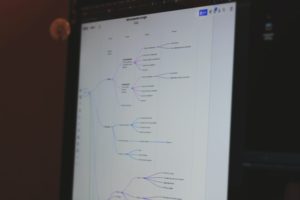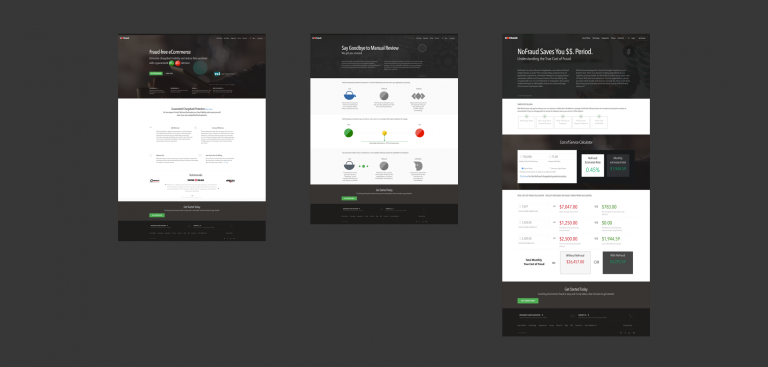Individuals who follow the energy industry are aware of the decreasing market share of peakers. All plays on words aside, peakers are natural gas-fired power plants that provide energy grids with extra surges of electricity during peak usage hours. Today, lithium ion batteries are emerging as a growing source of competition in this 1.1-billion-dollar industry. These batteries can ease the usage of natural-gas power plants by storing energy during the day (i.e. from solar panels) for usage at another time.
However, lithium ion battery facilities are still up to 35% more expensive to manage and operate that natural gas peakers. Added costs involve battery construction, maintenance, and disposal. Technological advances will likely make a dent in these added costs over the next decade. Yet there are ways for lithium ion battery providers to begin reducing costs today in order to make them more price-competitive with peaker plants. These use cases involve:
1.) Predicting spikes and modeling unpredictability
Today, the power grid relies on lithium ion batteries primarily to provide short bursts of electricity. These short bursts stabilize the voltage and frequency of the grid, and last only several seconds at a time. In other words, batteries focus more on short-term duties in the current electrical grid. Lithium ion battery companies can better control their costs regarding usage and design if they are able to better predict spikes and uncertainty in order to deliver the grid the power it needs at specific times.
2.) Predicting lengths of peak.
Lithium Ion batteries will need to provide more than short bursts of electricity in the future in order for them to encroach further on peaker market share. In time, analysts will need to understand how lithium ion batteries can provide more sustained levels of energy over several hours. This will allow lithium ion batteries to serve as more of a replacement to peakers, and less of a stop gap measure.
3.) Modeling battery lifecycle
As stated earlier, lithium ion batteries are up to 35% more expensive than natural-gas peakers for use by energy grids. Batteries may become even more expensive if the federal government repeals its 30% investment tax credit for these facilities. The ability for battery facilities to monitor real-time battery expenditure to the second and store these millions of data points for the use case of optimization analysis could lead to the engineering of batteries better equipped to meet the needs of the energy grid at a reduced cost.
Synaptik, True Interaction’s data management and machine learning platform, is currently exploring ways to better serve the energy industry. To learn more, please schedule a conversation at www.synaptik.co







